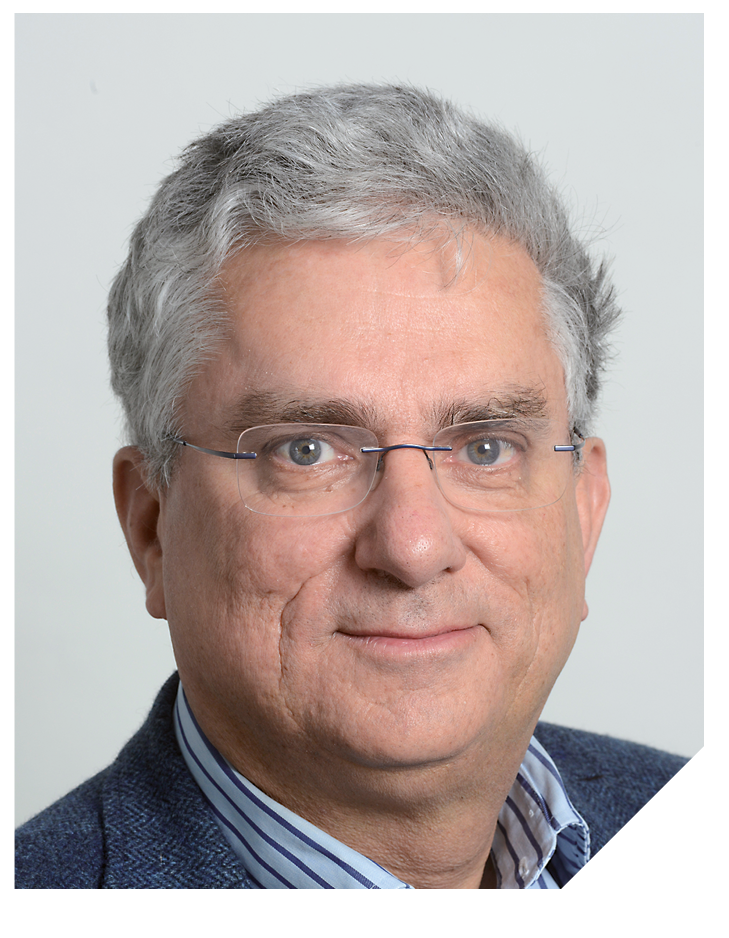Dr Caterina Cariti (University of Turin, Italy) pointed out that psoriasis is the most prevalent immune-mediated inflammatory skin disease [1]. Evidence from studies comparing different biologics for psoriasis in daily practice has been lacking. This was the rationale for Dr Cariti and her team to perform a study in a real practice setting, in which they compared the short-term and long-term efficacy, safety, and drug survival of the IL-17A inhibitors secukinumab and ixekizumab in patients with psoriasis treated in a dermatology unit in Turin, Italy.
In this non-randomised, observational study, psoriasis patients were enrolled retrospectively from October 2016 until April 2020 and followed until March 2021. Patient characteristics were typical for patients with moderate-to-severe psoriasis. About a third of the 445 participants were obese and the most frequent comorbidity was hypertension affecting almost 50% of participants. About a quarter of the participants in each group had 1 prior biologic failure.
At week 12, 24, and 48, significantly more patients in the ixekizumab group achieved an improvement in the Psoriasis Area and Severity Index of 90% (PASI 90) or complete clearance of their lesions (PASI 100; see Figure). “Ixekizumab was also more effective regarding the percentage of patients with residual PASI <3 at week 12 and the efficacy was well maintained over time,” Dr Cariti said. Biologic-naïve patients responded even better to both biologics, but again ixekizumab was superior at all timepoints. A similar outcome was shown in overweight patients.
Figure: PASI 90 and PASI 100 response at weeks 12, 24, and 48. Modified from [1]
Drug survival was similar in both groups: curves for ixekizumab and secukinumab were overlapping with a high retention rate for both. Of originally 445 participants, 441 (99%) were treated until week 12, 423 (95%) until week 24, and 387 (87%) until the end of the follow-up at week 48; 312 patients (70%) are still treated with the biologics, 171 on secukinumab (67%) and 141 (75%) continue therapy with ixekizumab. “In total, 133 patients (33%) discontinued treatment during the whole follow-up period, 85 of them (64%) were treated with secukinumab, 48 (36%) with ixekizumab,” Dr Cariti said. With regards to adverse events, no differences were observed between the drugs.
The researchers are planning to assess the IL-17 receptor blocker brodalumab in a similar setting.
- Cariti C. Comparison of secukinumab and ixekizumab in psoriasis: a real-life cohort study on efficacy and retention rate of 445 patients. FC08.03, EADV Congress 2021, 29 Sept–2 Oct.
Copyright ©2021 Medicom Medical Publishers
Posted on
Previous Article
« Nail psoriasis: An important target to be treated Next Article
A patient-related approach to freedom of disease »
« Nail psoriasis: An important target to be treated Next Article
A patient-related approach to freedom of disease »
Table of Contents: EADV 2021
Featured articles
Letter from the Editor
Long-term disease control in AD could be in reach with anti-OX40 antibody KHK4083
Late-Breaking News
Targeting OX40 in the treatment of atopic dermatitis meets expectations
Superior EASI scores after switch from dupilumab to upadacitinib
CSU: Novel agent targeting Bruton’s tyrosine kinase leads to disease control
Novel JAK3/TEC blocker leads to maintained re-pigmentation in vitiligo
TYK2 inhibitor deucravacitinib shows impressive long-term response in psoriasis
Tapinarof cream for psoriasis leads to high clearance rates and remittive effect
CSU: Ligelizumab likely safe and effective for adolescents
Long-term disease control in AD could be in reach with anti-OX40 antibody KHK4083
Topical JAK1/JAK2 inhibitor effective in vitiligo
Abrocitinib demonstrates fast itch control and skin clearance in atopic dermatitis
AD patients with stable response fare well with a monthly dose of tralokinumab
Opioid receptor agonist difelikefalin disappoints in AD
Atopic Dermatitis: State of the Art
Upadacitinib beats dupilumab in different body regions
Efficacious 2-year AD control with IL-13 inhibitor tralokinumab
Ruxolitinib cream: a safe treatment for elderly AD patients
Novel and upcoming targeted AD treatment
Psoriasis: What's New?
Existing and upcoming small molecules in psoriasis
Treating psoriasis during pregnancies
A patient-related approach to freedom of disease
Ixekizumab superior to secukinumab in real-world psoriasis study
Nail psoriasis: An important target to be treated
Grand debate: Is psoriasis a systemic or skin-only disease?
Spotlight on Alopecia Areata
JAK1/2: A promising novel treatment target in alopecia areata
Alopecia areata: encouraging response rates with JAK3/TEC inhibition
Related Articles

November 18, 2021
Letter from the Editor

October 19, 2021
EADV 2021 Highlights Podcast
November 18, 2021
Treating psoriasis during pregnancies
© 2024 Medicom Medical Publishers. All rights reserved. Terms and Conditions | Privacy Policy

